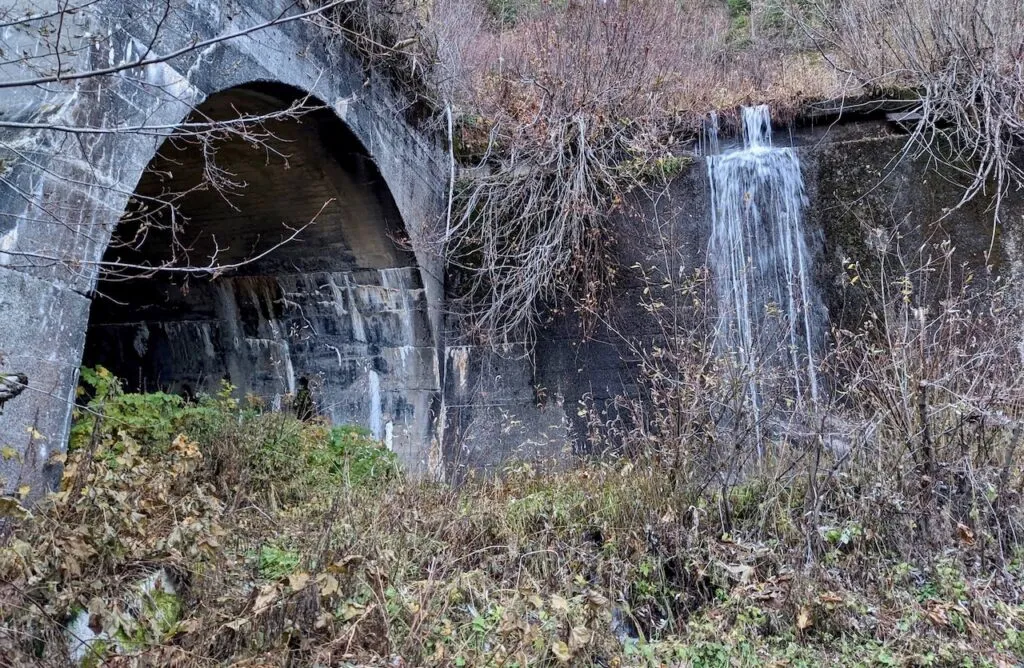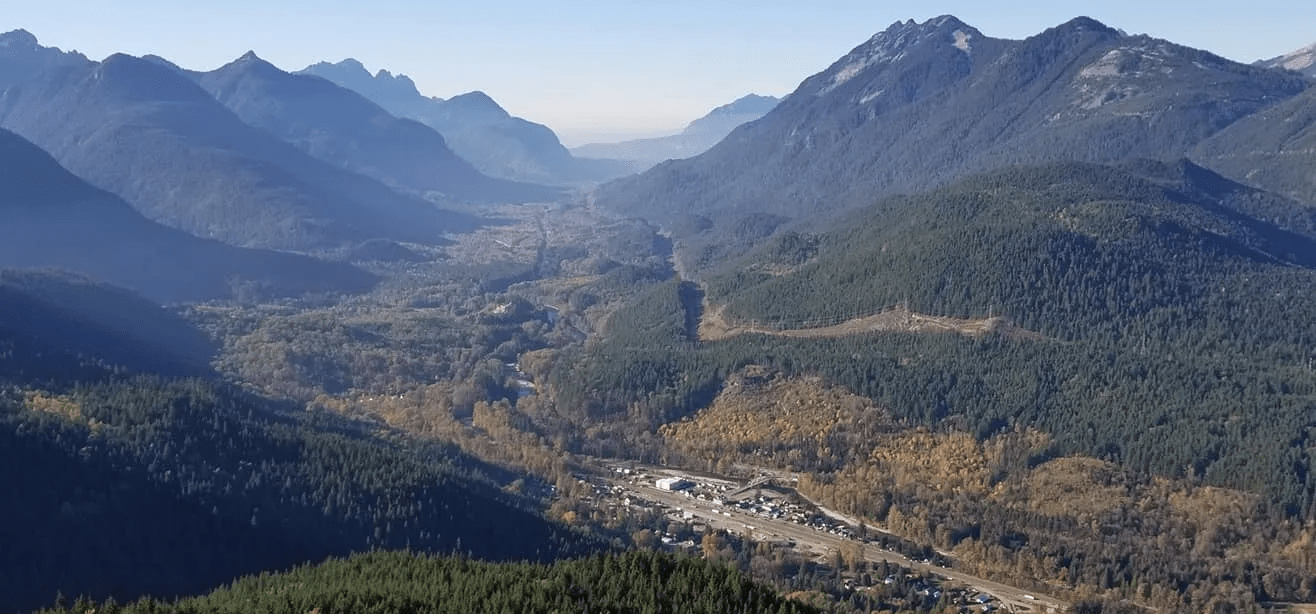The Cascade Range stands as one of North America’s most magnificent mountain chains, stretching from British Columbia through Washington and Oregon down to Northern California. What makes this range truly special is its remarkable diversity – from jagged peaks to lush forests and everything in between. The Cascade Range is famous for its impressive volcanoes, breathtaking waterfalls, and diverse ecosystems that have shaped the cultural and geological landscape of the Pacific Northwest for thousands of years.
This spectacular mountain range features both the rugged North Cascades with their sharp, glacier-carved summits and the High Cascades volcanoes including iconic peaks like Mount Rainier, Mount St. Helens, and Mount Hood. These mountains not only offer stunning views but also provide endless opportunities for outdoor enthusiasts seeking adventure in their deep valleys and forests.
Find available hotels and vacation homes instantly. No fees, best rates guaranteed!
Check Availability Now
Visitors to the Cascades can explore numerous hiking trails that showcase the region’s natural beauty, including the historic Iron Goat Trail near Stevens Pass, which winds through lush Washington forests while revealing fascinating railway history. The trail follows an old railway route through some of the most beautiful sections of the Cascades, making it a perfect destination for those wanting to experience both natural wonders and cultural heritage in one unforgettable journey.
Geological Wonders of the Cascades
The Cascade Range showcases spectacular geological features created by powerful natural forces over millions of years. This mountain chain represents one of North America’s most dynamic geological showcases, formed through violent volcanic eruptions and shaped by massive glaciers.
Volcanic Activity and Mountain Formation
The Cascades exist primarily due to tectonic activity where the Juan de Fuca Plate subducts beneath the North American Plate. This subduction creates magma that rises to form the chain’s iconic volcanoes.
The range contains several famous peaks including Mount Rainier (14,411 feet), the highest in the range, and Mount St. Helens, which dramatically erupted in 1980. Mount Hood looms over Portland, while Lassen Peak marks the southern end of the chain.
These mountains belong to the Pacific Ring of Fire, a zone of frequent earthquakes and volcanic eruptions encircling the Pacific Ocean. The Cascade volcanoes remain active, with Glacier Peak showing signs of activity in recent geological time.
Crater Lake, Oregon’s deepest lake, formed when Mount Mazama collapsed after a massive eruption about 7,700 years ago. Its stunning blue waters fill the remaining caldera.
Natural Features and Climate
The Cascades’ high elevations create a diverse landscape of alpine meadows, lakes, and dramatic valleys. Multiple glaciers crown the highest peaks, carving distinctive U-shaped valleys and cirques.
The range’s location creates a significant rain shadow effect. Western slopes receive abundant precipitation from Pacific Ocean moisture, creating lush forests and numerous waterfalls. Eastern sides remain much drier, often transitioning quickly to desert landscapes.
The Columbia River Gorge cuts dramatically through the range, formed when massive Ice Age floods carved through the mountains. Similar dramatic cuts occur at the Fraser River in the Canadian portion.
Winter brings extremely heavy snowfall, especially on western slopes where some areas receive over 600 inches annually. This snowpack feeds countless streams and rivers that provide water for communities throughout the region.
Visitors exploring these geological wonders often enjoy the Iron Goat Trail in Washington, which follows an abandoned railway grade through the heart of the Cascades, offering close-up views of the range’s fascinating geological features.
Find available hotels and vacation homes instantly. No fees, best rates guaranteed!
Check Availability Now




